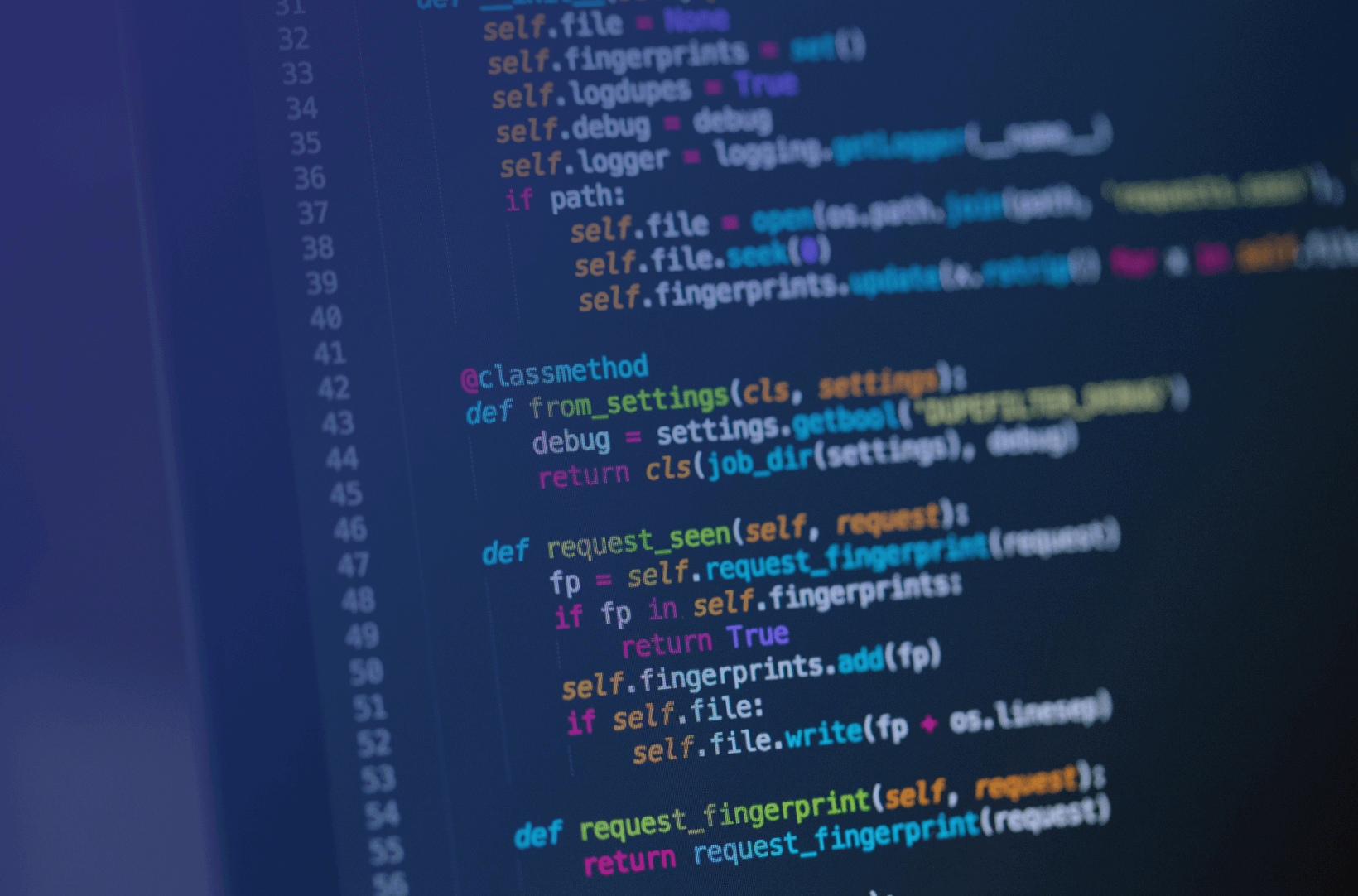Java, a popular language amongst developers, recently released its latest version (Java 14) with some useful and functional features to help mobile app developers. Java is an object-oriented programming language. Platform independent, in-built security, and many such features make it one of the most sought-after language in the digital world today.
This article will examine the new features Java inculcated in its latest version and how they can prove to be beneficial. One of the most interesting features here is that Java-14 is a non-LTS (Long Term Support) release. Consequently, Java 14 would be supported prior to 6 months of its release before the arrival of the next version.
Switch Expressions
A switch is typically used as an expression form for compact code with specific intent. In earlier versions, switch expressions were just a preview function, i.e. they were designated as preview to gather feedback and changes were made to the function based off of the feedback. Therefore, Switch expressions have now become permanent in Java.
Switch can now be used either as a statement or an expression. This update reduces code verbosity by managing multiple case labels through a single branch, hence, making it less “wordy”. It also helps the compiler check for Enum values matching switch labels to keep your apps bug free.
The benefits of the new switch expressions include reduced scope for bugs due to the absence of fall-through behaviour, exhaustiveness, and ease of writing thanks to the expression and compound form
Text Blocks
Text blocks in Java, too were introduced as a preview feature. The feature is still a preview with minor upgrades.
With text blocks, coders can simplify the process of writing a code with several strings. With Text blocks, developers can escape string sequences and provide several text formats easily. Hence, text blocks make the code elegant and simple. Text blocks also offer far more vivid details compared to normal strings.
There were also Two new escape sequences added in the latest version.
- The new \s escape sequence signifies a single space.
- A backslash, \, is a way to suppress the insertion of a new line character at the end of a line.
These vastly improve the readability of the code.
Instance of Pattern Matching:
Pattern matching is a preview function too, and is said to remain one in the next release as well. Pattern Matching for instance of in Java 14 introduces a pattern variable with the instance of operator. If the condition entered is true, the pattern variable ties to the variable being compared, avoiding the need for explicit casting to use its members. Patters matching eliminates the need for a repeated statement, thereby reducing errors.
Using this feature would make the code concise, increase its readability and make the code easier to write.
NullPointerException:
In the latest version of Java, NullPointerException has been enhanced to prevent debugging issues. NullPointerExceptions often appear when the code is running and therefore, makes debugging inherently difficult. The Java 14 feature provides a more conclusive and detailed diagnosis of the error. It has two components,
- The consequence
- The reason
Thus, we know which components return, making it far easier for developers to debug.
Records:
Similar to all the other features, this is also a preview feature that makes the code look a little less “wordy”. Records serve the purpose of only storing data in certain domain classes but do not declare any custom behaviour.
Parallel GC improvements:
Parallel Garbage Collector, is a parallel stop-the-word collector. It performs the GC work using multiple threads, stopping all the application threads simultaneously when a GC occurs. Therefore, it is inherently the same task management mechanism for operating parallel tasks as other collectors. However, this change in Java-14 has turned the following product flags obsolete
- XX:BindGCTaskThreadsToCPUs
- XX:UseGCTaskAffinity
- XX:GCTaskTimeStampEntries
We can also observe that there has been a momentous performance improvement with the help of this change.
Accounting currency format support:
This is a feature which comes in handy when developers need to use currency formats, specifically for business purpose in certain currency formats, as per the requirement. This particular accounting feature can be formatted by locals using: NumberFormat.getCurrencyInstance(Locale) with “”u-cf-account” Unicode locale extension.
ZGC now available on windows
Z Garbage collector (ZGC) provides a smooth GC which irons out the issues and works effectively with even large data sets. Originally introduced in Java 11, ZGC is now available on windows as well as MacOS, as an experimental feature.
JFR event streaming
JFR event streaming is a new feature in Java 14. It is an API which lets the programmer receive callbacks and helps in responding to them instantly. JFR is a feature which lets us monitor and observe JVM running applications.
NUMA-Aware memory allocation for G1
This feature, released in Java 14 caters non-uniform memory access (NUMA). Applying this greatly improves the G1 performance on large machines.
Java 14 looks like a promising version for coders and developers to use. The new features definitely make coding simpler and faster, while at the same time reducing chances of bugs. With many new features apart from the major ones mentioned above, Java 14 brings a lot of innovation to the table.









